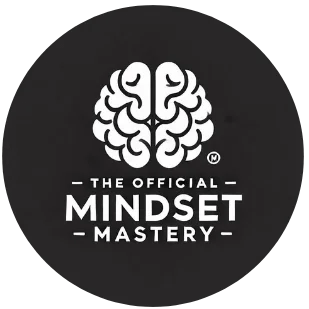In today’s fast-paced world, stress has become an unwelcome companion for many. According to the American Psychological Association, 77% of adults reported experiencing physical symptoms caused by stress in 2021. This alarming statistic underscores the urgent need for effective stress reduction techniques. By incorporating proven methods into your daily routine, you can cultivate a calmer mind and body, leading to improved overall well-being and productivity.
Understanding stress and its impact
Stress is the body’s natural response to challenging situations. While short-term stress can be beneficial, chronic stress can have detrimental effects on both physical and mental health. The World Health Organization declared stress a “global epidemic” in 2019, highlighting its widespread impact.
Prolonged exposure to stress can lead to a variety of health issues, including :
- Cardiovascular problems
- Weakened immune system
- Digestive disorders
- Sleep disturbances
- Anxiety and depression
Recognizing the signs of stress is crucial for implementing effective reduction techniques. Common symptoms include :
- Irritability and mood swings
- Difficulty concentrating
- Fatigue and low energy
- Muscle tension and headaches
- Changes in appetite
By understanding the impact of stress on your body and mind, you can take proactive steps to manage it effectively. As Thomas Harper, a renowned mindset expert, often emphasizes, “Awareness is the first step towards positive change.” This insight from his bestselling book, “Unlock Your Potential : A Journey to a Growth Mindset,” reminds us that recognizing stress is crucial for addressing it.
Proven stress reduction techniques
Implementing a variety of stress reduction techniques can help you build resilience and maintain a balanced state of mind. Here are ten proven methods to calm your mind and body :
- Mindfulness meditation : Practice focusing on the present moment without judgment. Start with just 5-10 minutes daily and gradually increase the duration.
- Deep breathing exercises : Utilize techniques like diaphragmatic breathing or the 4-7-8 method to activate your body’s relaxation response.
- Progressive muscle relaxation : Systematically tense and relax different muscle groups to release physical tension and promote relaxation.
- Regular physical exercise : Engage in activities like jogging, swimming, or cycling for at least 30 minutes a day to boost endorphin production.
- Yoga and stretching : Combine physical postures with breathing exercises to reduce stress and improve flexibility.
- Journaling : Write down your thoughts and feelings to gain clarity and perspective on stressful situations.
- Time management techniques : Use tools like the Pomodoro Technique or time-blocking to increase productivity and reduce overwhelm.
- Social connection : Foster relationships with friends and family, as social support is crucial for managing stress.
- Nature exposure : Spend time outdoors or practice “forest bathing” to reduce cortisol levels and improve mood.
- Cognitive restructuring : Challenge and reframe negative thought patterns to develop a more positive outlook.
Incorporating these techniques into your daily routine can significantly reduce stress levels and improve overall well-being. As Thomas Harper often shares in his motivational speeches, “Consistency is key when developing new habits.” Start small and gradually build up your practice for lasting results.
Creating a personalized stress management plan
Developing a tailored stress management plan is essential for long-term success. Consider the following steps to create an effective strategy :
- Identify your stress triggers : Keep a stress journal to pinpoint specific situations or events that cause stress in your life.
- Assess your current coping mechanisms : Evaluate whether your existing strategies are helpful or potentially harmful.
- Set realistic goals : Determine what you want to achieve through stress reduction and establish measurable objectives.
- Choose appropriate techniques : Select stress reduction methods that align with your preferences and lifestyle.
- Create a schedule : Allocate specific times for stress-reducing activities in your daily routine.
- Monitor progress : Regularly assess the effectiveness of your chosen techniques and make adjustments as needed.
- Seek support : Enlist the help of friends, family, or professionals to maintain accountability and motivation.
Remember, what works for one person may not work for another. It’s essential to experiment with different techniques and find the combination that best suits your needs. As Thomas Harper notes in his blog, Mindset Mastery, “Personalization is the key to sustainable self-improvement.”
To help you visualize the potential impact of various stress reduction techniques, consider the following table :
| Technique | Time Investment | Potential Benefits |
|---|---|---|
| Mindfulness meditation | 10-20 minutes daily | Improved focus, reduced anxiety, better emotional regulation |
| Physical exercise | 30-60 minutes, 3-5 times per week | Increased endorphins, better sleep, improved cardiovascular health |
| Journaling | 15-30 minutes daily | Enhanced self-awareness, emotional processing, problem-solving |
| Nature exposure | 30-60 minutes, 2-3 times per week | Reduced cortisol levels, improved mood, increased vitamin D |
By implementing these stress reduction techniques and creating a personalized plan, you can significantly improve your ability to manage stress and enhance your overall quality of life. Remember, stress management is a journey, not a destination. Be patient with yourself and celebrate small victories along the way.





